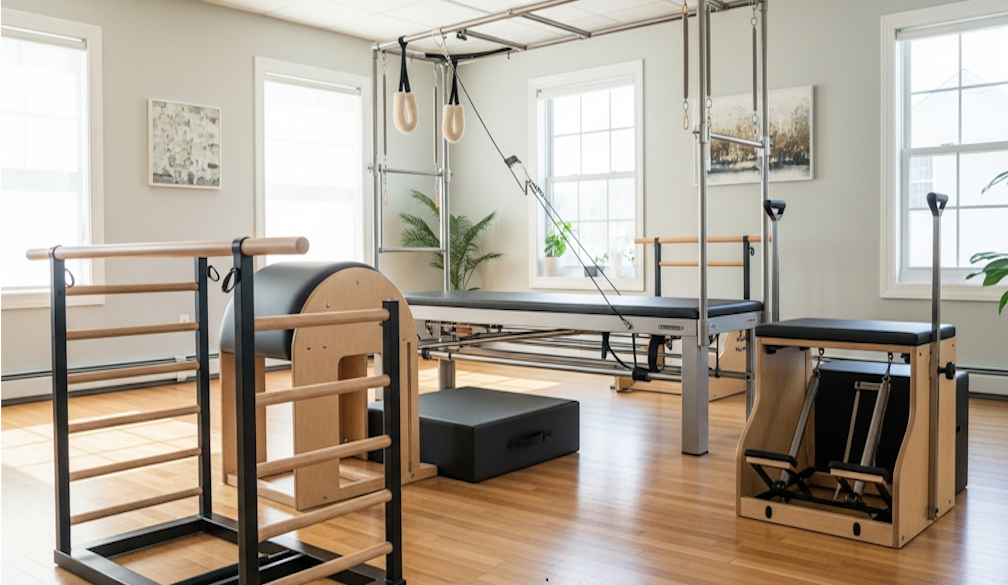How to encourage healthier eating for your kids
- Written by GoodnessMe Box

To grow into healthy, happy adults, kids need to develop good eating habits from a young age. But between peer pressure, school canteens and junk food advertising, it can be a challenge. As parents, it’s our job to make healthy eating attractive to our kids – and it doesn’t need to be complicated. These are our tips for transitioning kids to a healthier way of eating without making each meal a battle.
#1 Introduce one new food at a time
Baby steps work best, especially if you have picky eaters at home. When you want to serve a new, healthy food, plate it up with things they love. Only add a small portion, too – that way, the kids won’t feel overwhelmed, and they’ll be more willing to try it. Let’s say your little one loves chicken and potato mash, but you want to increase their intake of greens. Whip up that delicious dish, and add a serve of spinach on the side of the plate. Eventually, you’ll be able to swap the potato for sweet potato, but we’ll work up to that.
Much like adults, kids aren’t going to enjoy everything, but don’t give up just yet. The research shows that children often need to try a food a dozen times before they declare that they like it. Ask them to take a ‘polite bite’ of the food each time, and give them plenty of praise and encouragement.
#2 Take them to the farmers markets
Kids are curious by nature. So, teach them about where their food comes from! We’ve found the best way to do this is by going to your local farmers market (or a farm itself, if you live near one). There, they’ll be able to see all the colourful produce on offer, and pick a few fruits and veggies to try. You can even turn it into a scavenger hunt: who can find the most beautiful or weirdly-shaped fruit? At the markets, the kids have the chance to meet the people who grow their food, and ask them all sorts of fascinating questions. We bet they’ll want to support the ‘nice farmer’ by buying his goods.
While you’re in the teaching zone, avoid labelling foods as ‘good’ or ‘bad.’ Instead, link each food to its benefits. For example, say that lean protein, like chicken, keeps us strong so we can play sports, blueberries help us to focus in class, and broccoli boosts our memory so we ace that test!
#3 Stock the fridge and pantry with healthy snacks
If the kitchen is exclusively stocked with supercharged snacks, the kids will have no choice but to eat them. Soon enough, these nutritious snacks will become their new normal. But the idea is to give your kids a sense of independence. Place the snacks in easy-to-reach places, and let them choose which one they want to eat after school. Make sure any fruit and veggies are already washed, and that you have a variety of yummy snacks on hand, such as yoghurt, carrot and celery sticks, sliced apples, kale chips, popcorn, nut butter, hummus, flaxseed crackers and superfood bars. Aim to make the options as colourful and diverse as possible, and there will always be a snack to suit their mood.
Chances are, you spend your afternoons and weekends chauffeuring your kids around. This means a lot of time in the car, and it’s perfect for boosting your kids’ energy with a snack while they’re sitting still (which also helps with mindful eating!). Be prepared, and pack a range of nutritious snacks so there’s no need to hit the vending machine or drive-through.
You can even treat them to their very own GoodnessMe Kids Box which arrives once a month at your doorstep for just $11.95 filled with 5-6 surprise healthy snacks. All snacks are nut-free so they are school-friendly and they’ve each been reviewed by their team of health practitioners. They’ll love tearing open the box each month and discovering all the healthy, handpicked snacks inside! Plus, they make a full-sized box for mum and dad too, so you can get excited about eating healthy and delicious food together.
#4 Whip up healthy treats
Sugar has a way of sneaking into everything – even savoury items like bread and soups. To reduce your kids’ sugar intake and retrain their tastebuds, swap commercial sweets for healthy alternatives. By doing this, you’ll also avoid the dreaded ride on the blood sugar rollercoaster. If you have the time, make them at home and get the kids involved! They’ll love watching and helping you to create healthy versions of their top treats. Think brownies, cookies, ice-cream and chocolate mousses. There are tons of quick and easy recipes on the GoodnessMe Box blog.
#5 Ask the kids to help with cooking
Participation, please! Kids crave feeling important, and they’ll be more willing to eat something when they helped to make it. It’s a win-win. First, chat to your little one and decide what to make for dinner. Give them a few balanced options, or if they’re young, ask them to help you choose between certain foods (pasta or rice? carrots or pumpkin?). If you’re game, take them grocery shopping and tell them what ingredients to search for. Then, once you’re in the kitchen, assign age-appropriate tasks to your kids so they can feel useful without getting injured or overwhelmed. Maybe they can help you to cut food into fun shapes with cookie cutters or create a food collage.
When you’re done, layer on the praise and make a big deal out of serving up “Katie’s salad” or “Tom’s tacos.” They’ll feel pretty chuffed.
#6 Turn mealtimes into teachable moments
Above all, make mealtimes a routine. It’s very comforting for children to know that the whole family will be sitting down to eat at the same time every day. Studies show that this enhances their appetite, and that the social interaction aspect plays a part in relieving stress and boosting mood and self-esteem.
Kids learn by watching the adults around them. Each mealtime is an opportunity to set a good example. If you’re eating fresh produce, your kids will most likely want to follow suit. If you’re putting your fork down between each bite, so will they. What you speak about matters, too. Try not to talk about calories or weight so your kids don’t develop negative associations with food.
Instagram @goodnessmebox
Facebook.com/GoodnessMeBox



















